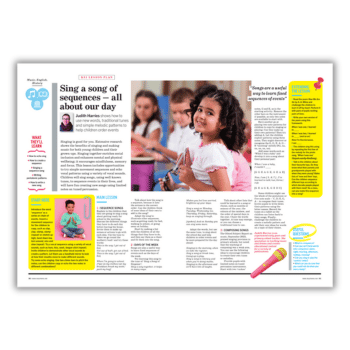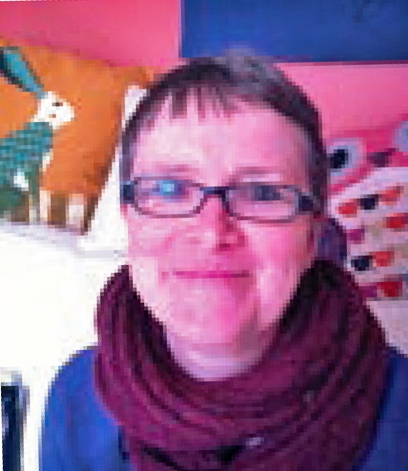Use new words, traditional tunes and simple melodic patterns to help children order events with this KS1 singing lesson plan…
Sing songs using well-known tunes to help children sequence events in their lives, and have fun creating new songs using limited notes on tuned percussion.
This lesson includes opportunities to try simple movement sequences and echo vocal patterns using a variety of vocal sounds.
KS1 singing learning objectives
- Echo sing
- Create a sequence
- Sing a sequence song
- Write pentatonic patterns
- Write a new song
Starter activity
Introduce the word ‘sequence’ as a series or chain of events. Invent a movement sequence for the children to copy, such as clap, clap, stamp, stamp (repeat) or stretch up high, bend down low, turn around, nice and slow (repeat).
Try a vocal sequence using a variety of vocal sounds, such as hum, hiss, oooh, tongue click (repeat). Invite children to demonstrate other vocal sounds to create a pattern.
Let them use a handheld mirror to look at how their mouths move to make different sounds.
Try some echo singing. Use a singing puppet with a moving mouth to sing the two ‘cuckoo’ notes, G and E. Use two chime bars to pitch the notes.
Can the children copy or echo the two notes in different combinations? Invite the children to play or sing two-note patterns for the others to echo.
Judith Harries is an experienced early years and primary school teacher. She specialises in teaching music and drama and creates educational content for a variety of publications.














